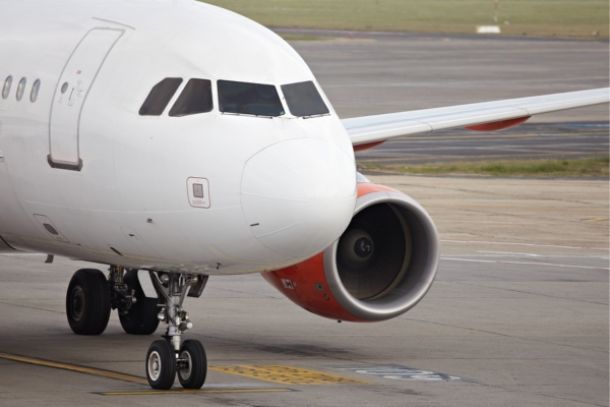The Ultimate Guide to Reducing Airfare Costs: Strategies for Affordable Travel
The Ultimate Guide to Reducing Airfare Costs: Strategies for Affordable Travel
Securing low-cost airfare is achievable with the right strategies, from leveraging fare alerts to exploring multi-city routes. With flexibility, timing, and the use of travel tools, you can reduce your airfare expenses significantly. Here’s a complete guide to cutting costs and making travel affordable.
1. Set Fare Alerts to Catch Price Drops
Setting up fare alerts allows you to monitor price changes on specific routes, notifying you of discounts or fare drops. Apps like Google Flights, Hopper, and Kayak send real-time updates, helping you book when prices hit their lowest.
- Tip: Track fares over multiple dates and routes to increase your chances of finding a discount.
2. Choose Flexible Dates to Maximize Savings
Flight prices vary by day, with midweek flights, typically on Tuesdays and Wednesdays, often costing less. Flexible date options on tools like Google Flights or Skyscanner show fares across a month, making it easy to identify the cheapest days.
- Best days to travel: Aim for Tuesday, Wednesday, or Saturday to avoid the weekend surge.
3. Use Regional Airports for Better Deals
Major hubs can be expensive, so check nearby regional airports that may offer lower fares. Many budget airlines operate from secondary airports, which can help you save both on tickets and airport-related fees.
- Example: Consider Oakland or San Jose as alternatives to San Francisco, or Burbank instead of LAX in Los Angeles.
4. Take Advantage of Flash Sales and Mistake Fares
Mistake fares and flash sales offer some of the best discounts but require quick action. Sites like Secret Flying, Going (formerly Scott’s Cheap Flights), and Airfarewatchdog track these deals and send notifications to subscribers.
- Pro tip: Act fast on mistake fares, as airlines may correct these prices within hours of posting.
5. Join Airline Loyalty Programs for Exclusive Savings
Airline loyalty programs not only help you earn points for future travel but also offer exclusive discounts and early sales access. By joining these programs, you can access member-only promotions and redeem points for free or discounted flights.
- Extra bonus: If you travel frequently, these programs also provide perks like free checked bags and priority boarding.
6. Compare Prices on Multiple Aggregators
Fare aggregators like Google Flights, Momondo, and Skyscanner allow you to compare fares from multiple airlines. Searching on several aggregators reveals different deals and fare classes, making it easier to find the lowest price.
- How to use: Compare fares across at least two aggregators and check the airline’s website to confirm the best deal.
7. Utilize Travel Credit Cards for Rewards and Travel Perks
Travel credit cards offer various rewards, from points that can be redeemed for flights to annual travel credits. Many travel cards also provide perks like lounge access, complimentary checked bags, and priority boarding.
- Extra tip: Look for cards with sign-up bonuses, which can often cover part or all of a flight.
8. Book Multi-City or Open-Jaw Tickets for Flexible Itineraries
Multi-city bookings allow you to fly into one city and out of another, often at a lower cost than two one-way tickets. This can be especially valuable if you’re exploring multiple destinations within the same trip.
- Example: If you’re traveling to Europe, consider a multi-city booking with flights into Paris and out of Rome.
9. Consider Budget Airlines for Short-Haul Flights
Budget airlines like Spirit, Ryanair, and JetBlue often provide affordable fares for short-haul and domestic flights. While these airlines may charge additional fees for baggage and seat selection, they can still be a cost-effective option if you’re flexible.
- Tip: Check the baggage policy before booking to avoid unexpected costs.
10. Check Alternative Destinations for Lower Fares
Sometimes, flying to a nearby city instead of a major hub can result in lower airfare. By booking flights to a secondary city and taking a train or bus to your main destination, you can save on airfare and explore new places.
- Example: If you’re flying to Venice, consider Treviso Airport as an alternative arrival point for potentially cheaper fares.
Conclusion: Make Affordable Travel a Reality with Strategic Planning
Reducing airfare costs takes a combination of flexible planning, price monitoring, and using the right tools. By setting alerts, using loyalty programs, and exploring alternative airports, you can make travel affordable and reach your dream destinations on a budget.

